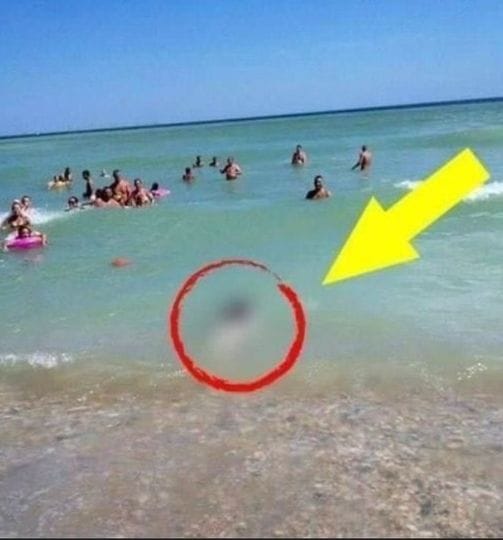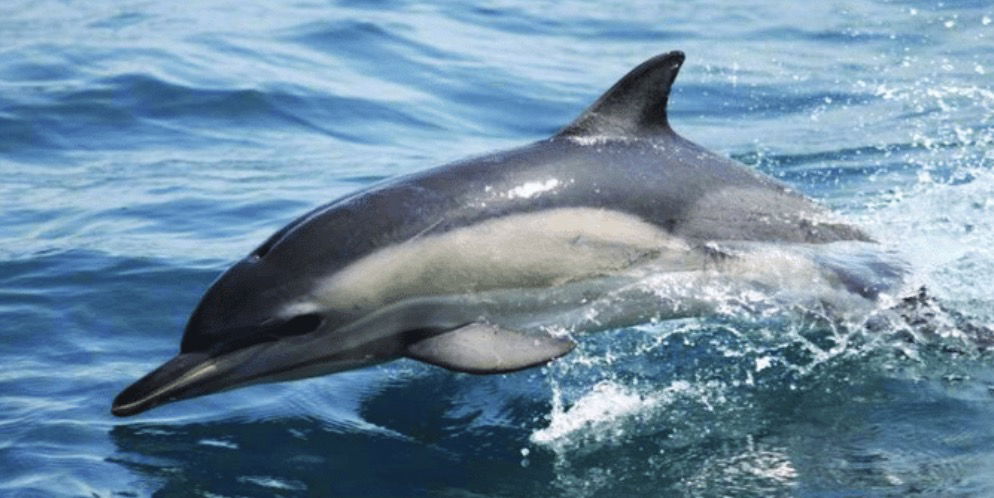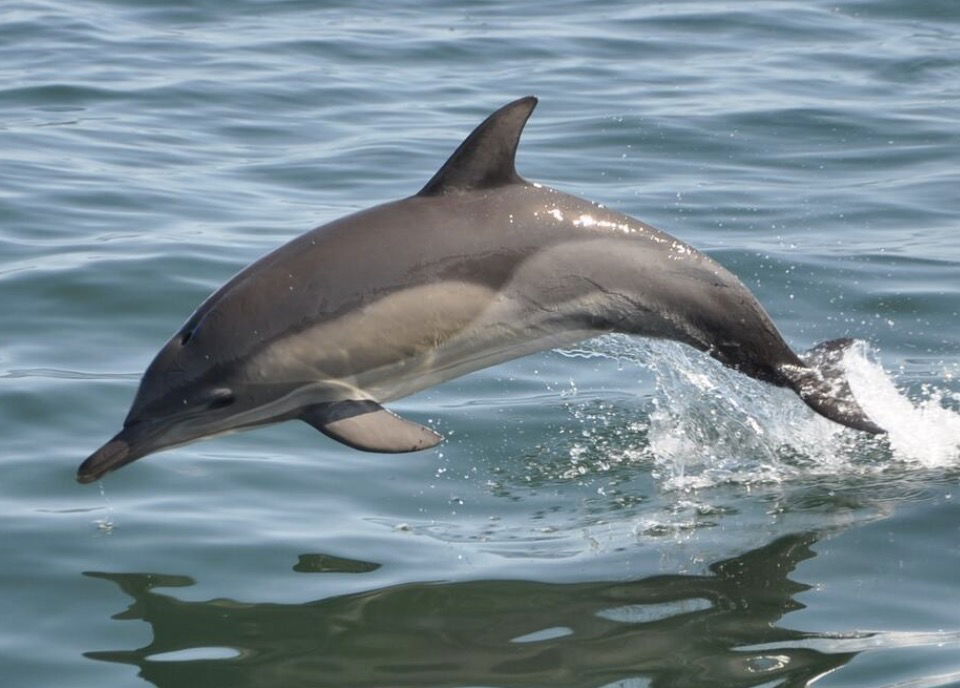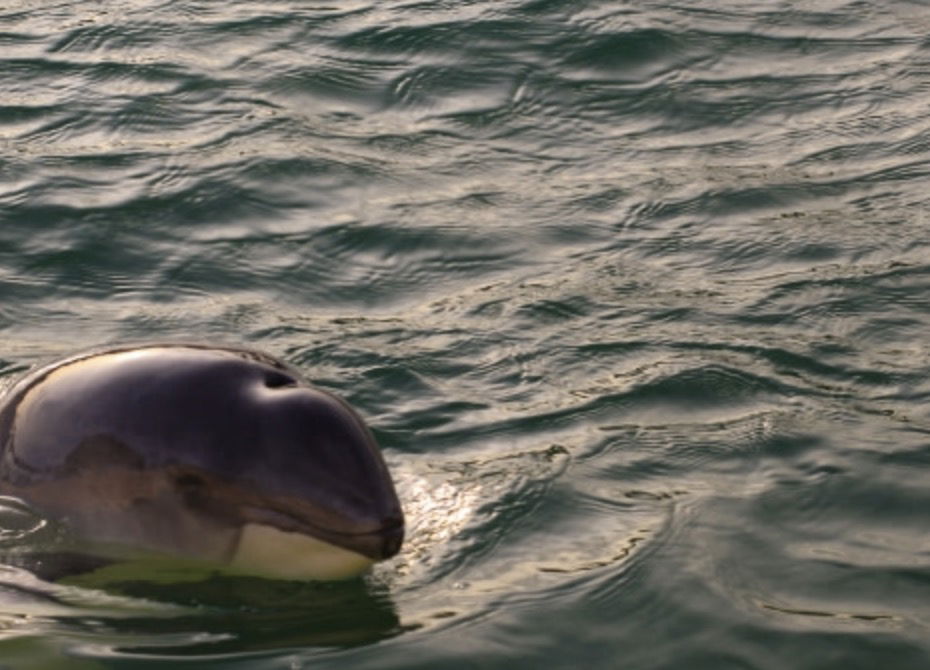
A unexpected and heartbreaking picture unfolded on the Romanian coast, leaving people stunned and concerned. Tourists admiring the beauty of the sea were unexpectedly startled by a wounded dolphin rising from the water. The relentless sea waves had swept the distraught mammal to shore.
Efforts were quickly made to save the injured dolphin from its precarious predicament. Despite the well-intentioned efforts, the conclusion was sadly predictable: the dolphin had minimal to no chance of survival. Experts examined it closely and determined that it was a member of the Delphinus Delphis species.

The unpleasant wounds on the dolphin’s body suggested a likely cause: the dangers of human activity. It is suspected that the wounds were caused by fishermen’s nets, underlining the all-too-common hazard that marine life endures as a result of human activity.
The Black Sea, where this terrible tragedy occurred, is home to three kinds of marine mammals, including the Common dolphin (Delphinus delphis ponticus).

The episode is a heartbreaking reminder of the influence human activities, such as fishing, may have on marine life. Entanglement of dolphins and other marine mammals in fishing gear remains a major concern, frequently resulting in injuries and deaths.
This unfortunate tragedy also underlines the necessity of conservation efforts and responsible fishing techniques in reducing the harm done to marine ecosystems. It stimulates contemplation on the fragile balance between human activities and the health of the numerous animals that live in our oceans. As communities deal with the fallout from such catastrophes, there is an urgent need for increased awareness, education, and activism to protect vulnerable marine ecosystems for future generations.

Another charismatic resident of the Black Sea is the Bottlenose dolphin (Tursiops truncatus ponticus), which is noted for its unusual appearance and behavior. Compared to the common dolphin, this species prefers coastal habitats.
Bottlenose dolphins are easily identified by their muscular bodies and elongated beaks. They have a dark gray to almost black color on their dorsal side, light gray on their lateral side, and a light gray to pinkish hue on their ventral side. The dorsal fin is tall and falcate, giving them the nickname “bottleneck” fin.
Harbor porpoise (Phocoena phocoena relicta)

The Black Sea is home to a diverse array of dolphins, each exhibiting unique morpho-anatomical characteristics and dietary preferences. Among the species found in these waters are the bottlenose dolphin, harbor porpoise, and the common dolphin (Delphinus delphis ponticus).
Distinguishing features and ecological behaviors set these species apart. The bottlenose dolphin and harbor porpoise primarily feed on fish and benthic organisms, making coastal areas their preferred habitat. In contrast, the common dolphin’s diet encompasses fish and other organisms in the water column, leading it to thrive in offshore zones.















